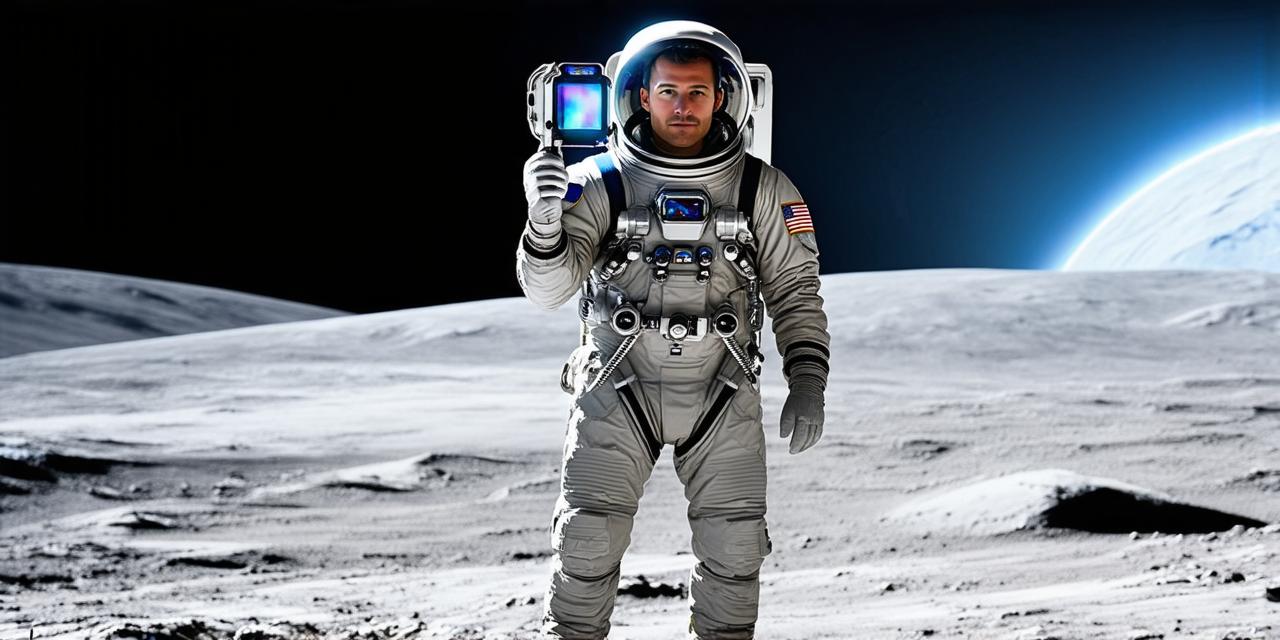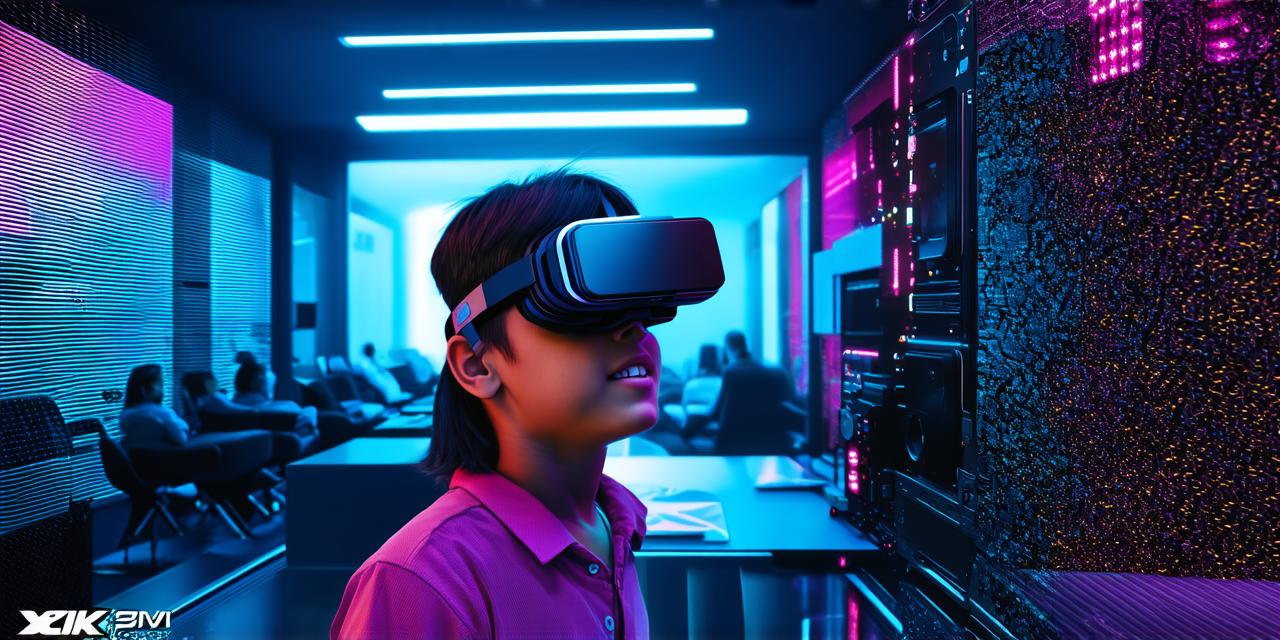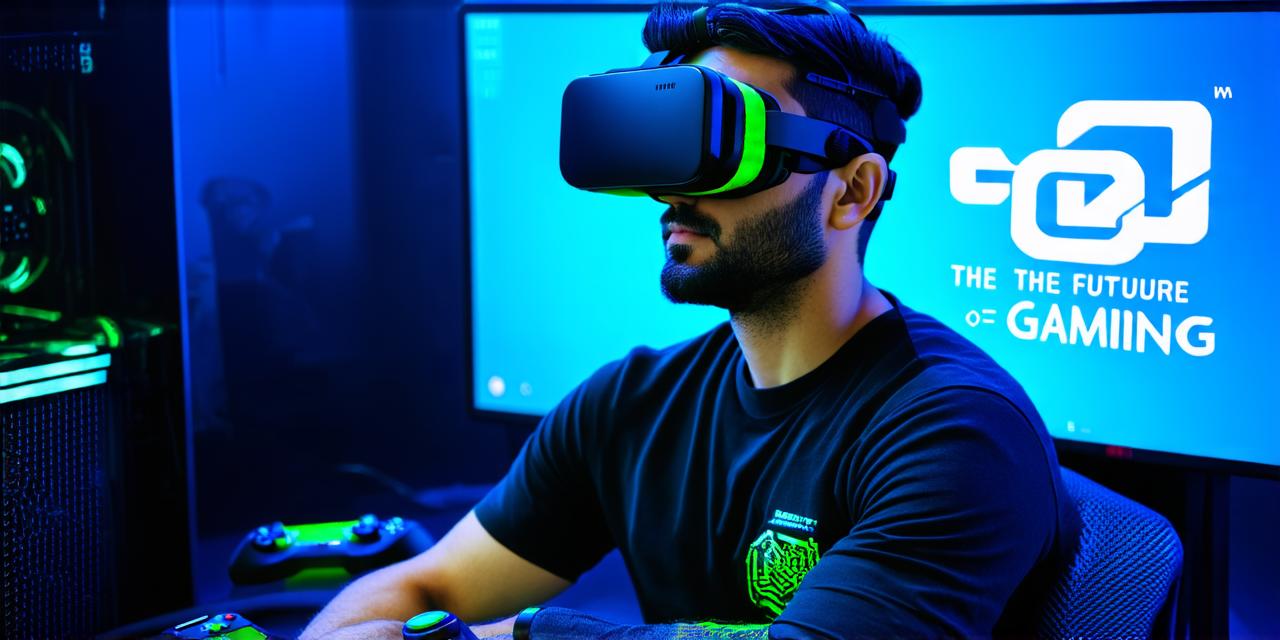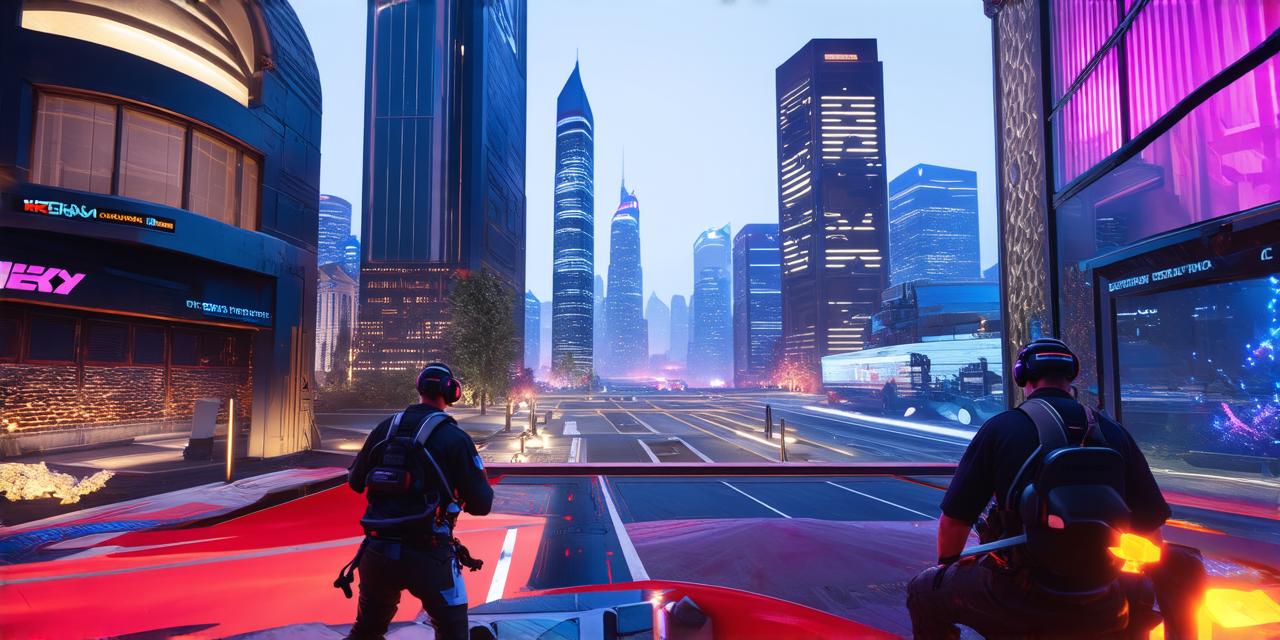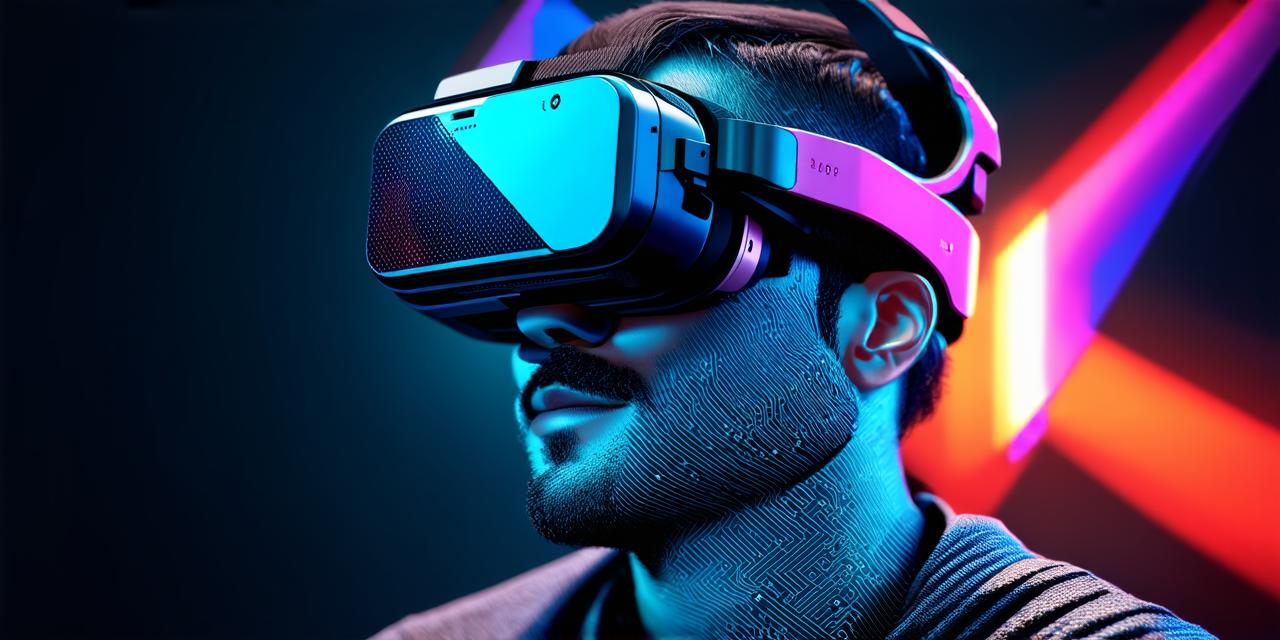
What distinguishes augmented reality (AR), virtual reality (VR), and mixed reality (MR) from each other?
Augmented Reality (AR)
Augmented reality is a technology that overlays digital content onto the real world. It enhances our physical environment with computer-generated images, sounds, and other sensory data, creating an immersive experience for the user. AR can be accessed through smartphones, tablets, or specialized devices such as smart glasses.
One of the most common examples of AR is the use of Snapchat filters. These filters overlay digital elements onto a user’s photo or video, allowing them to add interactive elements to their images. For example, a user can add virtual eyewear or a digital hat to their photo.
Another popular example of AR is in the retail industry. Companies such as IKEA and Wayfair have developed AR apps that allow customers to visualize furniture in their homes before making a purchase. This helps customers make more informed decisions about their purchases and reduces the number of returns.
Virtual Reality (VR)
Virtual reality is a technology that immerses users in a completely digital environment. It uses sensors and headsets to track the user’s movements, allowing them to move and interact with virtual objects as if they were real. VR can be used for gaming, education, training, and other applications.
One of the most popular examples of VR is the Oculus Rift, a high-end VR headset that allows users to enter fully immersive virtual worlds. Users can explore virtual environments, interact with virtual objects, and even engage in physical activities such as boxing or flying.
Another example of VR is in the education industry. VR can be used to create simulations that allow students to learn about historical events or scientific concepts in a more interactive and engaging way. For example, students could explore the inside of a human body or simulate a space mission.
Mixed Reality (MR)
Mixed reality is a technology that combines AR and VR, creating a seamless blend of real and digital content. MR allows users to interact with both the physical world and virtual objects, providing a more natural and intuitive experience. MR can be accessed through specialized devices such as HoloLens or Magic Leap.
One example of MR is in the healthcare industry. MR can be used to create 3D models of organs and other body parts, allowing doctors to visualize and plan surgeries more accurately. This can lead to fewer complications and faster recovery times for patients.
Another example of MR is in the automotive industry. MR can be used to design and test new car models in a virtual environment, reducing the need for physical prototypes and saving time and money.
Case Studies and Personal Experiences
In addition to the examples above, there are many other case studies and personal experiences that illustrate the differences between AR, VR, and MR. For example, a user might use AR to shop for furniture in their home, use VR to train for a job, or use MR to design a new product for their company.
Personal experiences can also be used to highlight the benefits of these technologies. For example, a person who has used VR for education might report that they learned more effectively than they did in traditional classroom settings.
